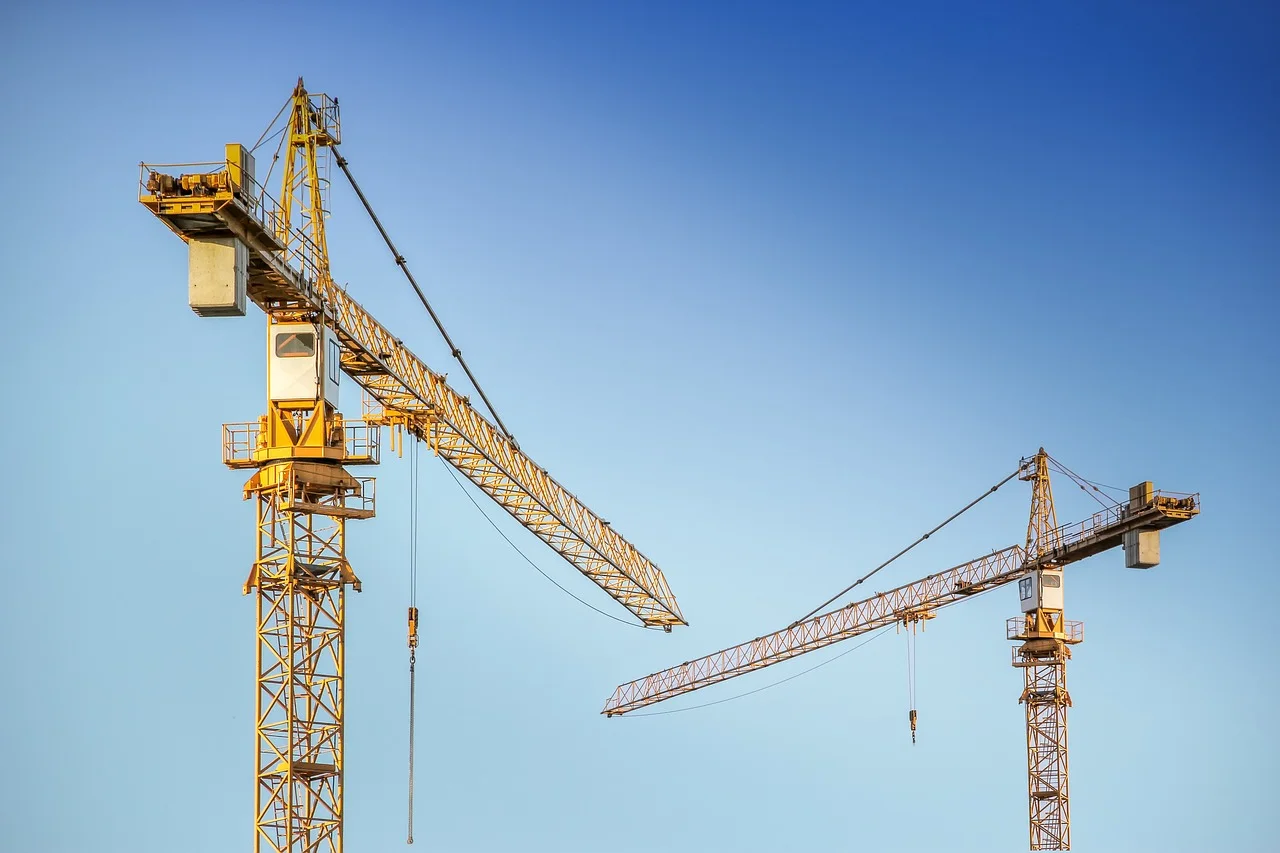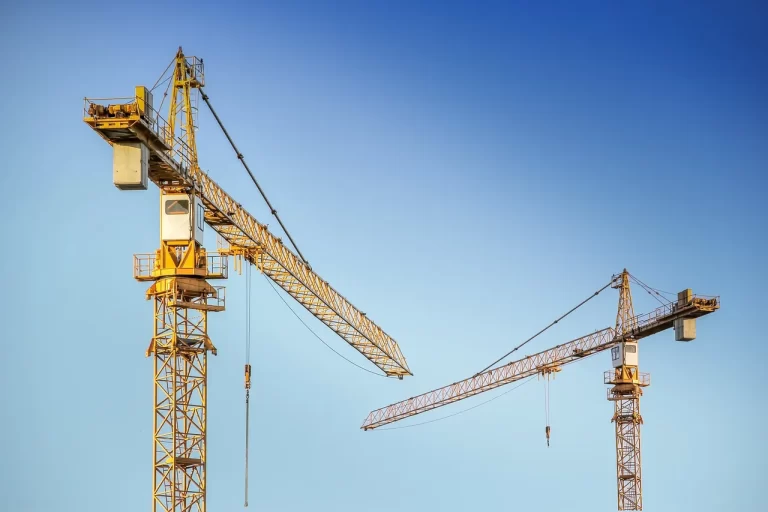Manual hoists are essential tools for lifting and transporting heavy loads in multiple industries such as construction, manufacturing, and maintenance. Familiarity with their parts, correct installation methods, and safe operation is key to efficient performance. This comprehensive guide will lead you through the necessary steps for a successful manual hoist installation, focusing on safety and efficiency.
Understanding Manual Hoists
What is a Manual Hoist?
A manual hoist, often referred to as a hand chain hoist or chain block, is a device designed to lift or lower a load by applying manual effort. Unlike electric hoists, manual hoists operate without power, making them versatile and reliable in diverse environments, especially where power sources are unavailable.
Key Components of a Manual Hoist
Chain Mechanism
The chain mechanism is the backbone of the manual hoist. It consists of a hand chain, which the operator pulls, and a load chain, which bears the weight of the lifted load. High-strength steel chains ensure durability and safety in lifting operations.
Load Hook
The load hook is the component that attaches to the load. It’s typically made of forged steel and designed to rotate to prevent twisting of the load chain. The hook usually includes a safety latch to secure the load firmly.
Common Applications for Manual Hoists
Manual hoists are employed in numerous applications, such as lifting hefty materials at construction sites and positioning machinery in manufacturing plants. Their straightforward design and robustness make them ideal for tasks in remote areas, maintenance operations, and agricultural activities.

Preparation Before Installation
Selecting the Right Manual Hoist for Your Needs
Considering Load Capacity
Choosing a Manual Hoist with the appropriate load capacity is crucial. Assess the maximum weight you need to lift and select a hoist with a capacity that meets or exceeds this requirement to ensure safety and efficiency.
Determining the Lifting Height
The lifting height is another essential consideration. Measure the distance you need to lift the load and ensure the manual hoist’s chain length is sufficient for your needs.
Evaluating Environmental Conditions
Consider the environmental conditions where the hoist will be used. Factors such as temperature, humidity, and exposure to elements like dust or corrosive materials can affect the hoist’s performance and longevity. Select a hoist designed to withstand these conditions.
Inspecting the Installation Site
Safety Precautions to Consider
Before beginning the installation, it is crucial to perform a comprehensive safety evaluation of the location. Make sure that the vicinity is free from any blockages and there is sufficient room for the safe functioning of the hoist. Recognize possible dangers and take steps to minimize them.
Assessing Structural Support
Examine the structural support where the hoist will be mounted. Verify that beams, gantries, or other support structures are capable of bearing the full load without deforming or failing. Structural integrity is essential for safe lifting operations.
Tools and Equipment Needed for Installation
Essential Tools Checklist
Having the right tools is vital for a smooth installation process. Ensure you have the following:
- Wrenches and sockets
- Screwdrivers
- Measuring tape
- Level
- Pliers
- Wire cutters
Additional Safety Gear to Use
Personal protective equipment (PPE) is crucial for safety. Equip yourself with:
- Hard hat
- Safety gloves
- Safety goggles
- Steel-toe boots
- High-visibility vest
Step-by-Step Manual Hoist Installation Process
Mounting the Hoist Support Structure
Choosing the Appropriate Beam or Frame
Choose a beam or frame that satisfies the load specifications and complies with industry safety standards. The structure must be sturdy and able to support the hoist and its maximum load without bending or giving way.
Securing the Support Structure Properly
Secure the support structure using appropriate fasteners and hardware. Double-check all attachments, ensuring there are no loose components. Stability is key to preventing accidents and ensuring reliable lifting operations.
Attaching the Manual Hoist to the Support Structure
Using Shackles or Beam Clamps
Use shackles or beam clamps to attach the manual hoist to the support structure. These connectors must be rated for the load and installed according to the manufacturer’s guidelines to ensure a secure fit.
Ensuring Secure Connections
Inspect all connections to make sure they are tight and secure. Any weak or insecure connection can lead to equipment failure and potential accidents. Regularly check these connections as part of your maintenance routine.
Operating and Testing the Manual Hoist
Basic Operation Instructions
Get to know the operational guidelines outlined by the manufacturer. Utilize the hand chain to raise the load, and gently release the chain to lower it. Always stay within the hoist’s designated load capacity to ensure safety.
Performing Initial Load Test
Before fully deploying the hoist, perform an initial load test. Lift a load that is well within the hoist’s capacity to ensure all components are functioning correctly. This test helps identify any installation or operational issues before regular use.
APOLLO
APOLLO, a renowned provider in the lifting equipment industry, is proud to present its exceptional range of manual hoists. With a strong commitment to quality and customer satisfaction, APOLLO offers reliable and efficient solutions that cater to various lifting needs.
Our manual hoists are designed to deliver exceptional performance in a wide range of applications. Whether it’s in construction, manufacturing, or maintenance, APOLLO’s manual hoists provide the strength and durability required for heavy lifting tasks. With their robust construction and ergonomic design, our hoists ensure ease of use and operator comfort.
One of the significant benefits of APOLLO’s manual hoists is their adaptability. Our hoists come in various configurations, including chain hoists and lever hoists, to meet different lifting needs. The chain hoists are perfect for vertical lifting tasks, whereas the lever hoists provide the flexibility required for both horizontal pulling and lifting. This adaptability makes APOLLO’s manual hoists suitable for a broad spectrum of industries and applications.
Safety is a top priority at APOLLO. Our manual hoists are designed with built-in safety features to ensure secure lifting operations. These features include load limiters, which prevent overloading and protect both the equipment and the operator. Additionally, our hoists are equipped with reliable braking systems that provide precise control and prevent accidental slippage.
APOLLO’s manual hoists are built to withstand demanding environments and heavy-duty usage. Constructed with high-quality materials, our hoists are designed for long-lasting performance and minimal maintenance. We understand the importance of durability and reliability in lifting equipment, and our manual hoists are engineered to meet these requirements.
Common Mistakes to Avoid During Installation
Overlooking Weight Limits and Capacity Guidelines
One of the critical mistakes to avoid during the installation of a Manual Hoist is ignoring the weight limits and capacity guidelines provided by the manufacturer. Overloading a hoist can lead to equipment failure and serious safety hazards. Always adhere to the specified load capacities to ensure safe and efficient lifting. Regularly review the guidelines and educate all operators about the importance of operating within these limits. This proactive approach helps in preventing accidents and prolongs the lifespan of the hoist.
Neglecting Regular Maintenance Checks
A frequent oversight is the failure to carry out regular maintenance checks. Manual hoists need routine inspections to detect any wear and tear that might affect safety. Not conducting these inspections can lead to unexpected equipment malfunctions. Set up a maintenance schedule that includes inspections of the chain mechanisms, load hooks, and structural attachments. Keep records of each inspection and promptly address any issues to maintain the hoist in optimal working condition.
Ignoring Manufacturer’s Instructions
Ignoring the manufacturer’s instructions during installation can lead to improper setup and potential safety risks. Each Manual Hoist comes with specific guidelines for installation and operation. It’s essential to read and follow these instructions meticulously. Proper adherence ensures that all components are correctly assembled, reducing the risk of malfunction. Additionally, manufacturer instructions often include critical safety information that can protect both the operator and the equipment during use.

Maintenance and Safety Tips for Long-term Use
Routine Inspection Procedures
Visual Inspections
Conducting regular visual inspections is crucial for the longevity and safety of your Manual Hoist. Examine the chains for signs of wear, such as kinks, twists, or excessive stretching. Check the load hook for any deformities or cracks that could affect its strength. Additionally, ensure that all bolts and fasteners are secure and that there are no visible defects in the hoist’s main body or structural attachments. Documenting these visual checks helps in maintaining a record of the hoist’s condition over time.
Operational Tests
In addition to visual inspections, performing operational tests is essential. Test the hoist’s lifting and lowering capabilities with a load that is within its capacity. Pay attention to the smoothness of the operation and listen for any unusual noises that could indicate mechanical issues. Regular operational tests help in identifying functional problems early, allowing for timely repairs and preventing larger failures.
Lubrication and Cleaning Tips
Keeping Chains and Hooks Clean
Maintaining clean chains and hooks is crucial for the effective and safe use of your manual hoist. Dirt, debris, and rust can negatively affect the hoist’s performance and cause early wear. Regular cleaning of the chains and hooks with suitable cleaning agents and tools is essential. For chains, make sure to remove dirt from the links and inspect them thoroughly for any signs of corrosion or damage. Clean the hooks to eliminate any materials that might weaken them or lead to slippage.
Lubricating Moving Parts
Proper lubrication of the moving parts, such as the chains and gears, is essential to reduce friction and prevent wear. Use the lubricant recommended by the manufacturer to ensure compatibility and effectiveness. Apply lubrication to the chains and gears according to the prescribed intervals, ensuring that all moving parts operate smoothly. Regular lubrication not only extends the lifespan of the hoist but also ensures safer and more efficient lifting operations.
Troubleshooting Guide for Manual Hoists
Resolving Load Jamming Issues
Load jamming is a common issue that can occur with a Manual Hoist. If the load chain becomes stuck, immediately cease operation and inspect the hoist. Check for any obstructions in the chain path and ensure the load is correctly aligned. If the chain is twisted or kinked, carefully straighten it. Sometimes, load jamming can result from overloading or improper handling. Ensure that the hoist is not being used beyond its rated capacity and that the load is evenly distributed. Regular maintenance and proper handling can significantly reduce the occurrence of load jams.
Addressing Unusual Noise or Vibration
Unusual noise or vibration during the operation of a Manual Hoist often indicates underlying mechanical issues. If you notice grinding sounds, squeaks, or excessive vibration, stop using the hoist immediately. Inspect the gear mechanisms, chains, and load hooks for any signs of wear or damage. Lubricate the moving parts if necessary and ensure that all bolts and fasteners are tightened. If the problem persists, consult the manufacturer’s guidelines or seek professional assistance to address the issue. Regular maintenance and prompt attention to abnormal sounds or vibrations can prevent more serious mechanical failures.
Ensuring the proper installation, maintenance, and operation of your manual hoist is crucial for safe and efficient lifting. By following the detailed steps and guidelines provided in this guide, you can avoid common mistakes, extend the lifespan of your hoist, and ensure a safer working environment. Remember, regular inspections, adherence to weight limits, and timely maintenance are key to the effective use of any manual lifting equipment. It is vital to ensure the correct setup, upkeep, and functioning of your manual hoist for secure and effective lifting. Adhering to the comprehensive steps and advice outlined in this guide will help you prevent frequent errors, prolong the life of your hoist, and create a safer work environment. Keep in mind that routine checks, compliance with weight restrictions, and prompt maintenance are essential for the optimal use of any manual lifting gear.


